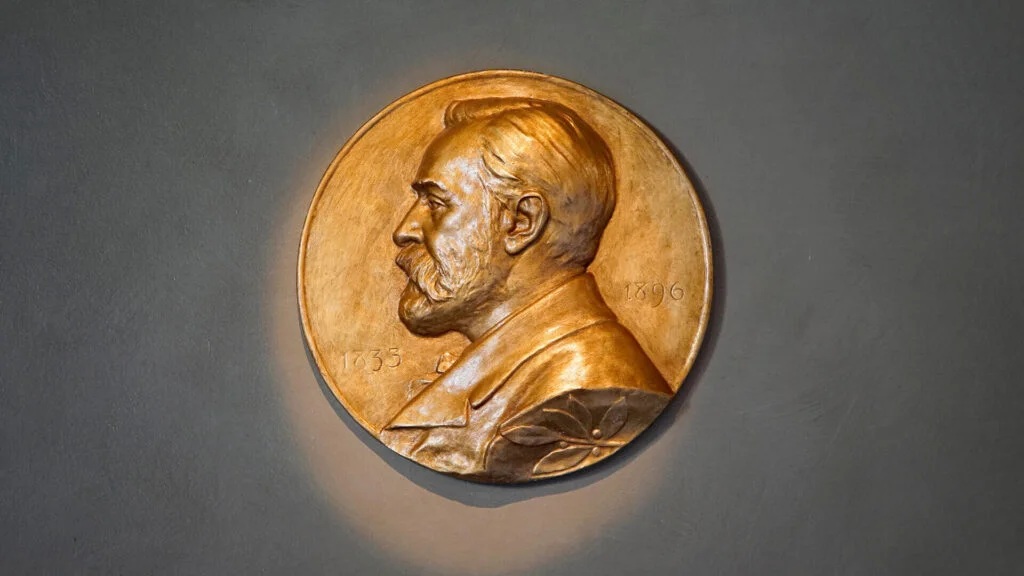
Nobel Prize in Physics 2024: The basis for today's AI systems
Artificial intelligence (AI) has changed the world - and continues to do so. Two pioneers were awarded the Nobel Prize in Physics at this year's Nobel Prize ceremony. John Hopfield and Geoffrey Hinton used tools from physics to develop methods that form the basis for today's powerful machine learning.
Machine learning (ML) is a branch of artificial intelligence in which algorithms recognize patterns and correlations in large data sets and independently make decisions or predictions. Hopfield and Hinton's methods enable AI systems to constantly learn and improve their performance over time. This ability to independently process and learn from experience ensures that modern applications of AI and ML - such as ChatGPT or other AI-powered tools - become increasingly precise and reliable and can adapt to new challenges.
According to the press release "They trained artificial neural networks using physics" from the Royal Swedish Academy of Sciences in Stockholm, John Hopfield developed the "Hopfield network", a model that acts as an associative memory and can store and retrieve data efficiently. This fundamental discovery enables neural networks to recognize and reconstruct complex patterns such as images or language. Geoffrey Hinton, often referred to as the "Godfather of AI", also developed innovative approaches that help AI systems to independently find characteristic elements in large amounts of data. The discoveries made by these Nobel Prize winners in physics are making a decisive contribution to the ongoing optimization of today's technologies - from medicine to materials research.
Inspired by the human brain
Hopfield's "associative memory" shows that the reproduction of stored patterns in dataIs analogous to the human ability to remember a person's name. Such artificial neuronal networks therefore possess essential characteristics of biological nerve cells. Their interaction is based on the electrical and chemical signal transmission in the brain.
Hinton in turn used Hopfield's network as the basis for the development of a new network based on a different method - the Boltzmann machine. This is able to learn and recognize characteristic features in certain types of data. Together with Hopfield, he has thus made a significant contribution to the current rapid development of machine learning.
Artificial intelligence as an economic factor of the future
The revolutionary discoveries made by the two physicists have ushered in a new era of increased efficiency and cost reduction for companies worldwide. AI, especially based on neural networks, enables significant optimization of business processes through automated pattern recognition and self-learning systems.
The fundamental innovations of these pioneers in the field of artificial intelligence enable companies to automate recurring tasks, create precise forecasts and thus make informed and swift decisions. In times of increasing demands for efficiency and flexibility, the use of AI is a powerful tool that secures long-term competitive advantages and promotes the development of innovative business models.
Implementing AI projects with CANCOM
Many companies are already using machine learning or are considering using it. In principle, as with any successful AI project, successful use requires a high-performance IT infrastructure. This enables data to be processed efficiently and used optimally for training machine learning and deep learning algorithms.
CANCOM's experts offer you comprehensive support in setting up a powerful IT infrastructure and implementing individual AI and machine learning solutions. Our innovative products such as the Cloud Data Platform (CDP) and Company GPT with SOI are ideal for optimizing your business processes and sustainably increasing efficiency. Contact our experienced CANCOM experts to start your AI project and get it on the road to success together.